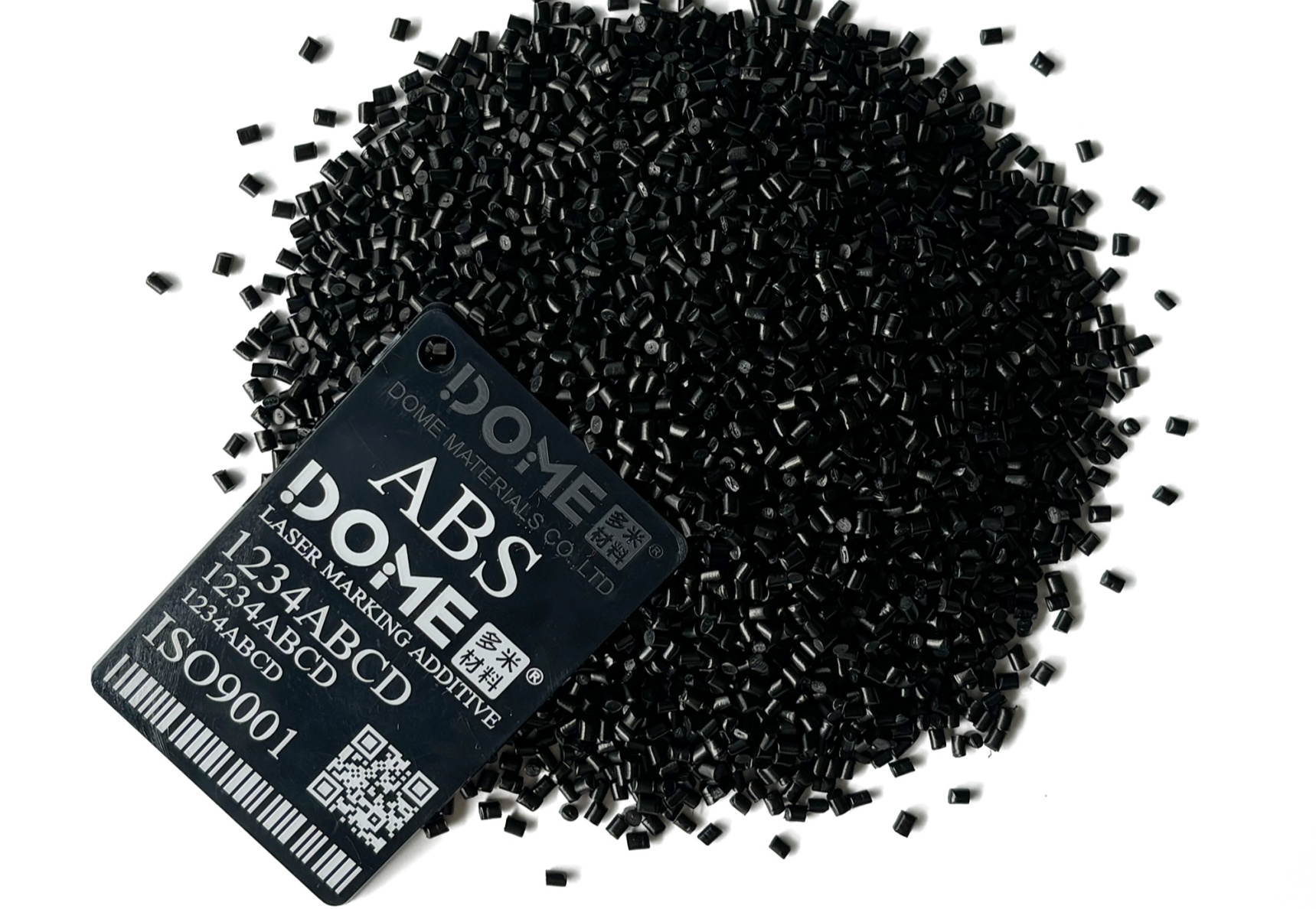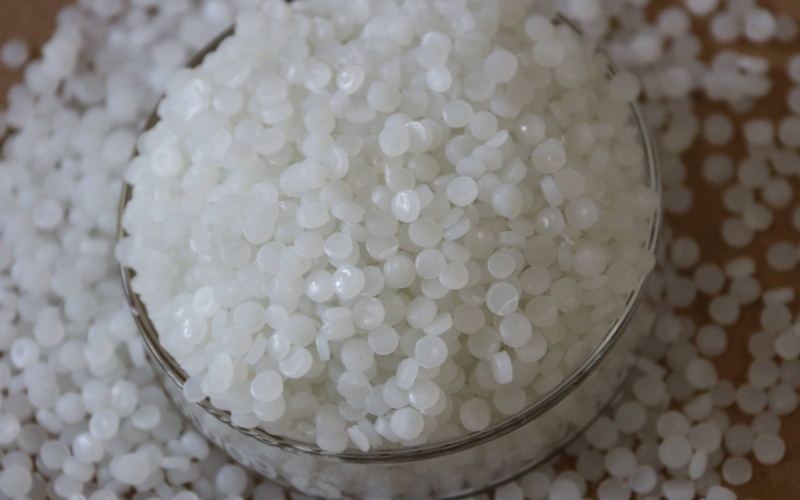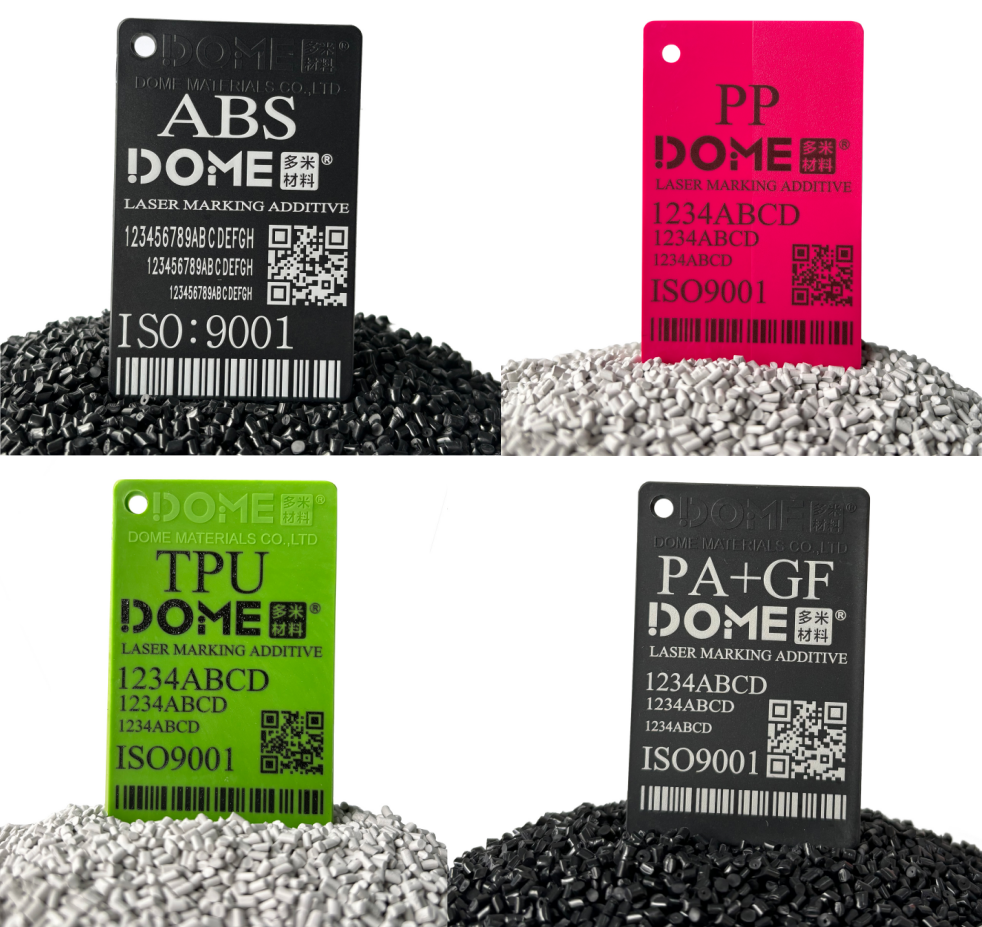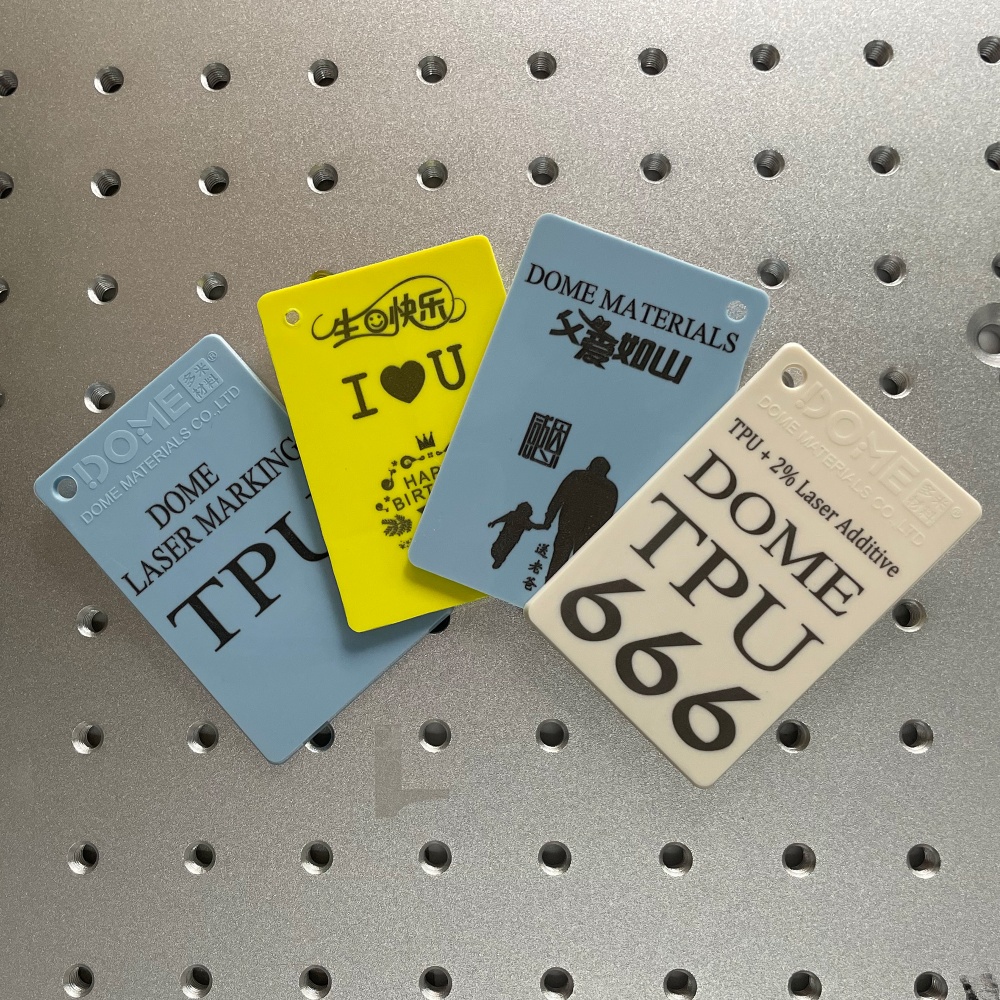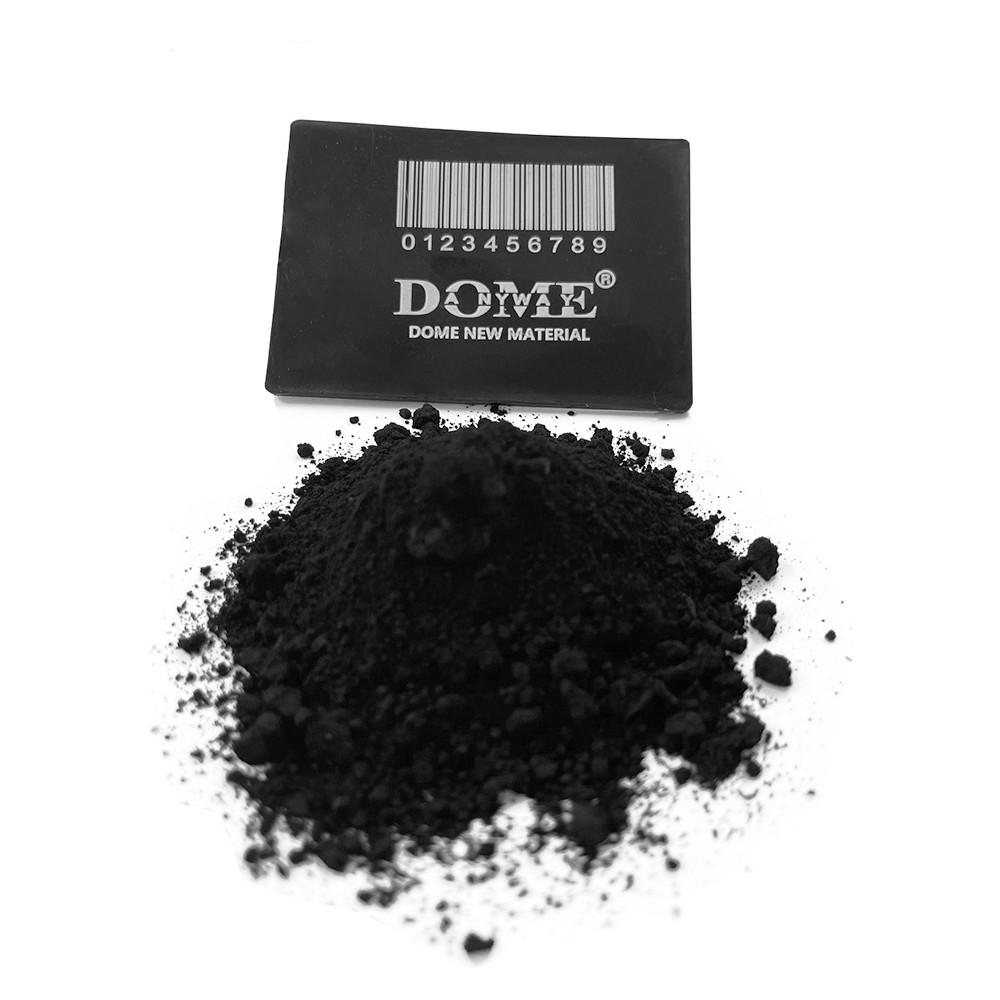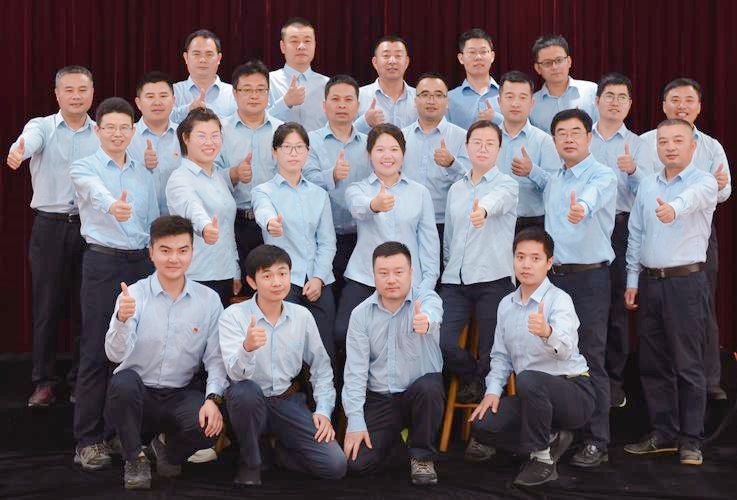Selecting the appropriate laser marking additives for your project is a critical step in ensuring high-quality results on plastic polymers. The right additive enhances the marking process and contributes to the final product’s durability and visual appeal. The following factors should be diligently considered and tested to assist you in this selection, fostering optimal outcomes.
-
Compatibility
The first and foremost criterion is the compatibility of the laser marking additive with the material in question. Different plastics possess unique thermal and chemical properties, and employing an incompatible additive can lead to inadequate results or even damage to the material. For instance, DOME™ provides a variety of laser polypropylene (PP), polyethylene (PE), polycarbonate (PC), polyvinyl marking additives compatible with a range of plastics, including Polyvinyl Chloride (PVC), acrylonitrile butadiene styrene (ABS), thermoplastic polyurethane (TPU), polybutylene terephthalate (PBT), thermoplastic rubber (TPR), thermoplastic elastomer (TPE), high-impact polystyrene (HIPS), and Nylon (PA6/PA66), among others. It is essential to verify that the selected additive aligns with the specific polymer utilized in your project.

-
Laser Wavelength
Understanding the laser wavelength is crucial, as additives are often optimized for specific laser types. Some additives work best with ultraviolet (UV) lasers, while others are designed to excel with fiber lasers. For applications requiring white markings on colored polymers, a UV laser is generally the most effective. Conversely, fiber lasers are preferable for achieving black markings on colored polymers or white markings on black surfaces. Selecting an additive that is compatible with your laser’s wavelength is vital for achieving the desired marking effects.
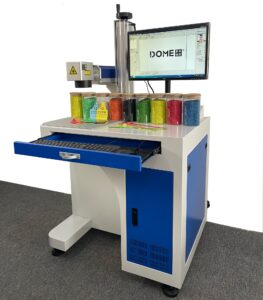
-
Marking Quality
The quality of the marking produced is paramount. Effective laser additives should yield high-contrast, sharp, and durable marks. When assessing marking quality, consider factors such as permanence, readability, and overall aesthetics. A clear understanding of the desired visual outcome will guide you in choosing an additive that meets these criteria.

-
Process Conditions
Process conditions, including temperature, humidity, and laser power settings, significantly affect additive performance. Some additives may be more effective under specific environmental conditions. It is essential to choose an additive that can endure the unique requirements of your application, ensuring consistent performance.
-
Durability
Durability is another critical aspect to consider. Opt for a marking additive designed to withstand environmental factors, resisting fading and degradation due to exposure to ultraviolet light or chemicals. For example, DOME™ recommends incorporating 20% to 30% polymethyl methacrylate (PMMA) to enhance the longevity of black keyboard markings on ABS plastic, ensuring that the markings endure the test of time.
-
Regulatory Compliance
If your polymers are intended for specific regulated industries—such as medical, automotive, or aerospace—it is imperative to ensure that the chosen additive complies with relevant industry regulations. DOME™ laser marking additives have been rigorously tested to meet pertinent standards, providing peace of mind regarding compliance and safety.
-
Supplier Support
Lastly, engaging with suppliers or equipment manufacturers for advice can prove invaluable. Seek out customer reviews, product certifications, and the availability of technical support to confirm the reliability of your chosen additive. DOME™ has established itself as a trusted supplier of laser marking additives and can offer tailored recommendations based on your specific needs.
Laser marking creates permanent and indestructible marks on plastic surfaces, providing various advantages such as enhanced quality control, safeguarding brands from counterfeiting, and resisting environmental factors.
Laser marking is a highly versatile technology, ideal for high-volume products and small batch sizes. The laser marks, resistant to abrasion, can be applied to soft or hard surfaces, including non-flat surfaces. Marking in three dimensions is achievable.
Whether for technical applications such as barcodes and lot numbers or decorative purposes, laser marking is a great option for those seeking a durable solution.
DOME Materials offers a variety of laser marking additives tailored to optimize laser marking results for different polymer formulations.

In conclusion, careful consideration of these factors—compatibility, laser wavelength, marking quality, process conditions, durability, regulatory compliance, and supplier support—can greatly enhance your selection of laser marking additives. By conducting thorough testing and research, you can ensure that the additive you choose meets your project’s requirements, leading to successful and effective marking on plastic polymers.

